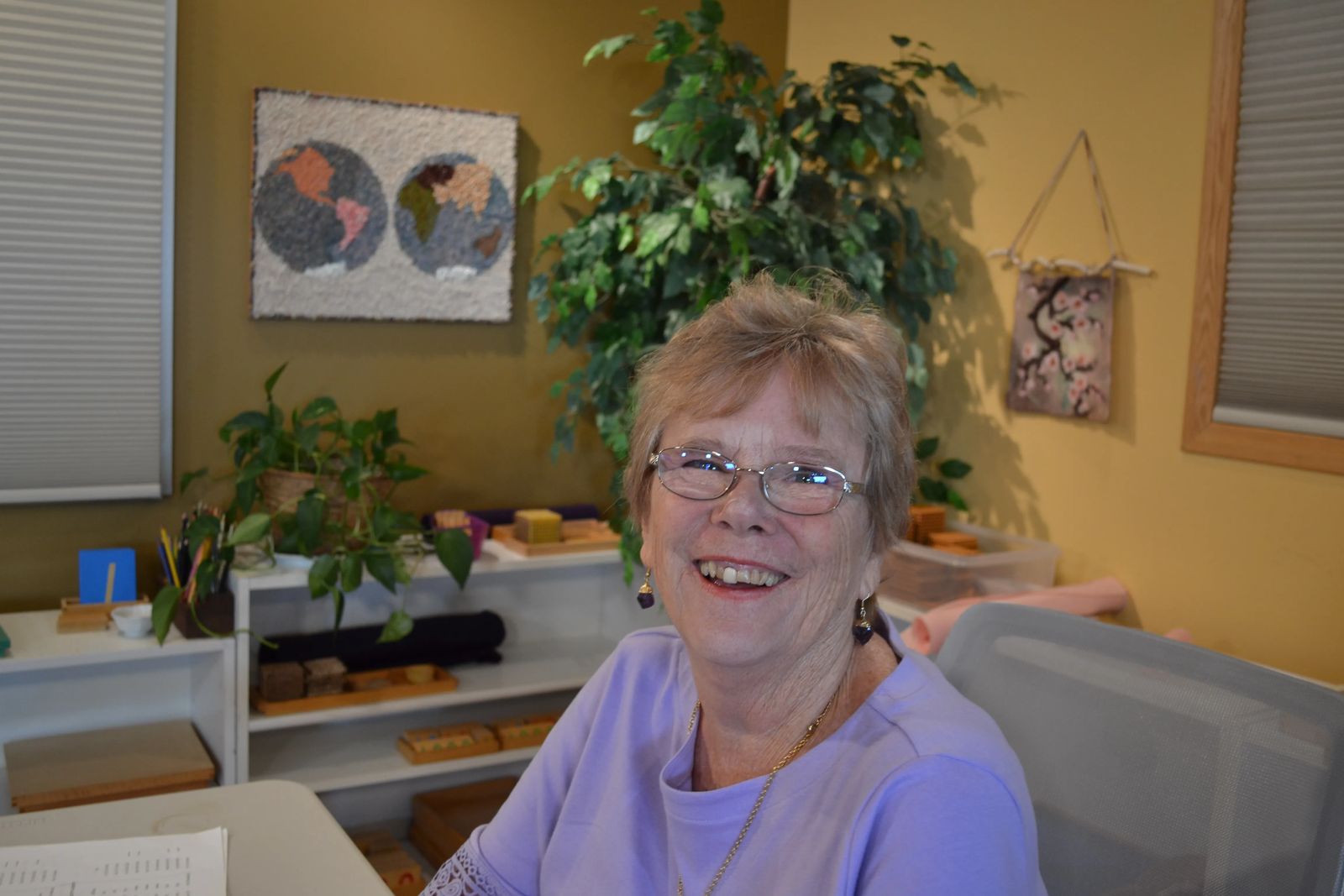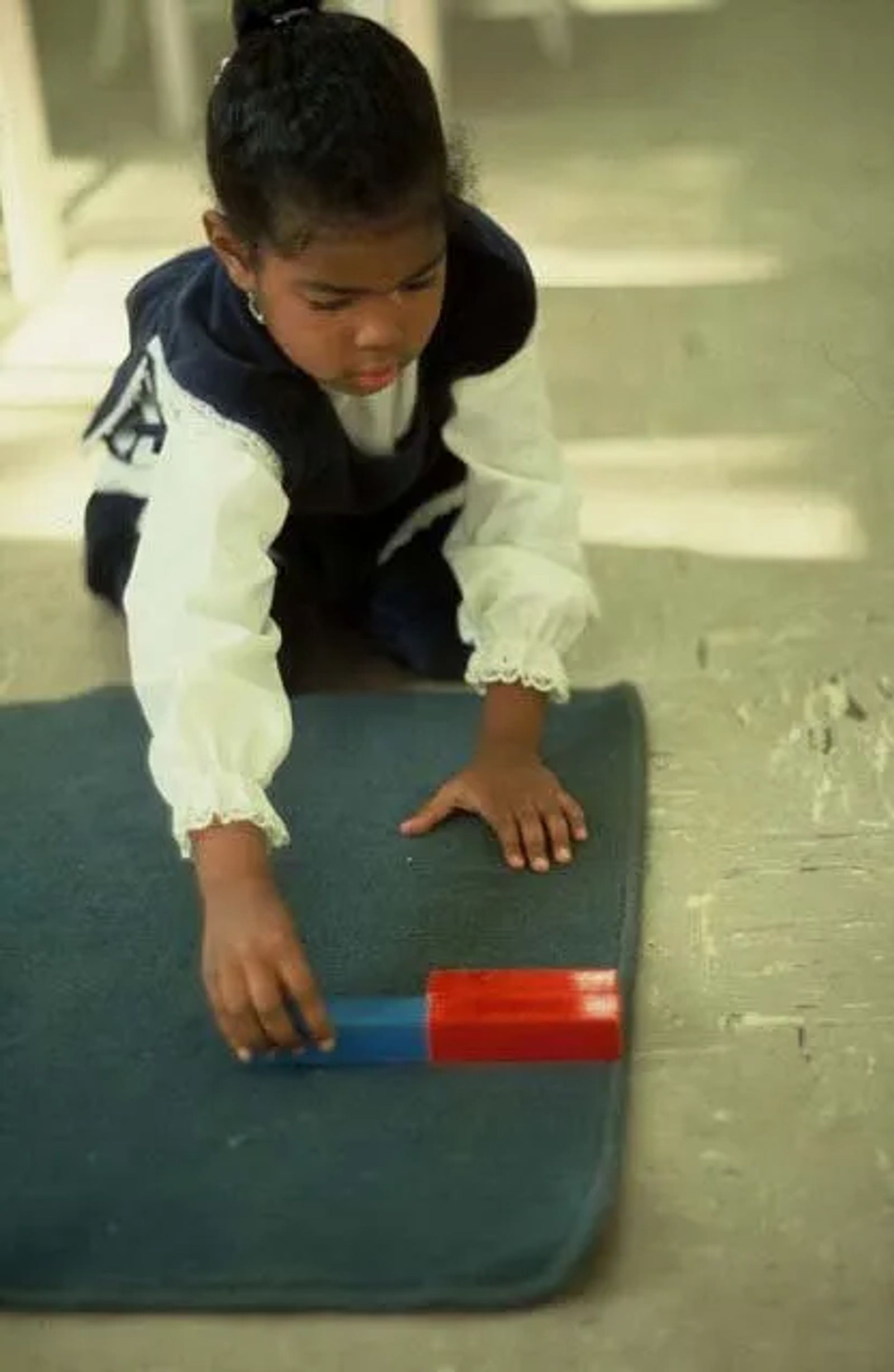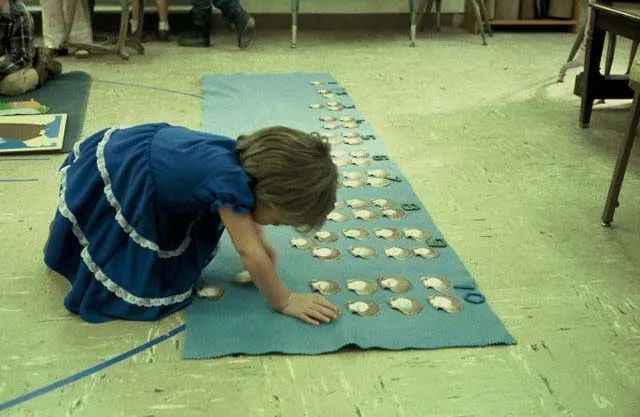A Story of Two Boys

Mary Ellen Maunz, M.Ed.
This story comes from the words of Bethany, a mother of an autistic child, who enrolled in Age of Montessori’s six-week Math course. Our course mentor, Diana Palmares, responded promptly and kindly to all of her posts and the two women became online virtual friends.
I have taken excerpts from her forum posts and a recent follow-up email to illustrate just how important good information is to a mom who is trying to help her son and other parents who share similar struggles.
Bethany's First Email
Hello, Everyone!
I don’t know if any of you will come back and read this, but the powers that be at Age of Montessori have let me jump in this course late and I’m so grateful!
I teach my oldest child, a boy of 9 with multiple special needs at home. His primary special need is a language disorder. His other development-physical, problem-solving, and social needs are not nearly as affected. So I had thought math would come easier. Unfortunately, it’s been the other way around. There are resources available for teaching reading to kids with special needs. But much of math, especially the language of math such as the symbols, are breezed over or assumed.
For example, it took my son a whole year to learn to keep straight the plus and minus signs. He could do either operation, but he struggled so much to remember which symbol meant what. And how many resources have you seen—preschool or remedial or anything—to teach or reinforce that? I haven’t found any materials that teach the operations, the decimal system or even the sensorial experience of gradations other than Montessori. I am so grateful for both Montessori’s and Mary Ellen Maunz’s testimonies that older and even mentally-challenged students can still learn and even catch up to their peers in math!

The main principle: isolation of difficulty
Focusing on quantity...

This class has been so helpful for me! I am excitedly preparing materials and my children are benefiting from them already.
As I think through all the things I have learned these last few weeks, the main principle that I will implement the most, both in math and in other subjects, is to break down new material into incremental steps, and introduce one and only one new challenge at a time.
This is so much harder to do than it sounds! As an adult, I often take things for granted and do not realize the number of skills/concepts involved in a lesson I am teaching. It is often not until my child gets stuck or frustrated that I realize I jumped ahead.
Montessori is helping me learn to separate the difficulties.
...then learning symbols.

Seeing the way Dr. Montessori sequenced mathematics is helping me be more careful and thorough. For example, Dr. Montessori let the child experience a material and learn its name, then learn the written symbols separately, and then learn to associate the material with the written symbols. It really helps him to build a stronger connection between the word and the physical object or action, and also between the word and the symbol, before trying to associate all three.
Finally, what is really exciting is that Dr. Montessori has already mapped out the sequential set of activities that cultivate a mathematical mind. It is really incredible.
Not everyone knows about the power of Montessori
Not long ago I read a recent article from a reputable private school about teaching children with learning differences. The author lamented the fact that, while there is a good bit of research and proven strategies for teaching reading to children with learning disabilities, there is little work done in the area of teaching math.
Bethany’s latest email post
Hi, Diana!
Long time, no talk! How are you doing?
I wanted to share a little experience with you. William’s tutor put us in touch with another family of a little nonverbal boy with autism, age 4, named Dominic. He has been unresponsive to all traditional therapies. So he is receiving an alternative socialization/play therapy now. William’s tutor encouraged Dominic’s mom to reach out to me for hope and encouragement. I talked on the phone with her and sent her the videos I showed you of William in the past and then today. I also had my children help me make videos of some of the sensorial materials for her to show Dominic.
Dominic and his mom came over yesterday. It was like stepping back in time for me to see him. He reminded me so much of William! All those emotions of wanting so desperately to help that I had felt for William came flooding back, but this time I knew what to do! I introduced him to the brown stair and a tray from the geometric cabinet. He showed more interest in them than I expected considering I was a stranger in a strange house. He did amazingly well with them for his first time, too! They borrowed the materials, and his mom emailed me last night to say he played with them most of the day. They are planning to come back soon to try more materials.
One thing Montessori’s perspective gives to moms is that the child is not hopelessly lost or “zoning out” and lost inside his own worlds. The child is busily observing his environment—the lights, the furniture, the shadows, the dog, the carpet, etc. He is noticing everything.
If I can challenge his mind and help him make sense of his world through concrete materials, it both draws him out and draws us together. I can’t express to you how exciting it is for me to get to share that perspective with another mom. And how amazing to have a road map I can offer her!
Anyway, I wanted to tell you in order to thank you and everyone there at Age of Montessori. Thank you for making this material available to moms like us!
Sincerely,
Bethany

Matching quantities to symbols
Mary Ellen's Comment:
As I read these words I realized the tremendous power in Montessori to unleash the potential of every child. And I am grateful to this mom for sharing her heart. We welcome any of you parents and teachers who may be reading this to share your stories with us as well.
One of our faculty members, Susan Hoffman, had this to share about Bethany’s story:
Thank you for sharing this story—so touching. It is…beautiful and amazing! Somehow this story makes me think of a quote attributed to Albert Einstein “There are only two ways to live your life. One is as though nothing is a miracle. The other is as though everything is a miracle”—the everyday miracle of Montessori material and her genius; the everyday miracle that children are born in all shapes and sizes, and have parents that love them for who they are; the everyday miracle that Age of Montessori is touching lives young and old, near and far—this small, sweet boy touching the broad stair and seeing the world through new eyes—is the heart and soul of who we are.
Thank you, Diana and Bethany, for sharing this everyday miracle.




















